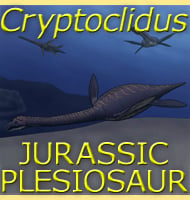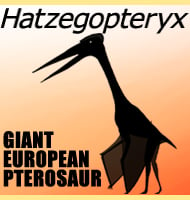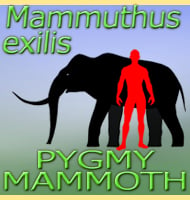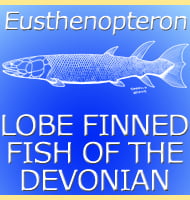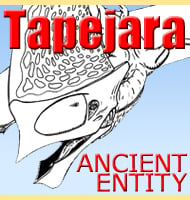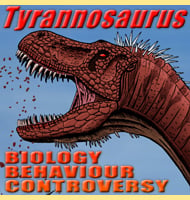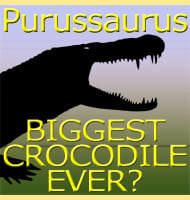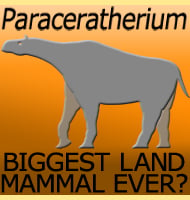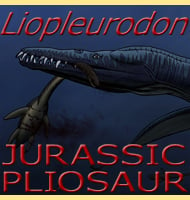In Depth
Dyrosaurus was a long snouted crocodile that had jaws filled with numerous, thin recurved teeth. These kinds of teeth are indicative of a piscivorous (fish eating) lifestyle. At up to six meters long, Dyrosaurus were large when compared to modern crocodiles, though positively tiny when compared to some North African Mesozoic crocodiles like Aegisuchus, and Sarcosuchus. Dyrosaurus however managed to survive the KT extinction sixty-five million years ago, and the genus continued to be present in North Africa till the Eocene.
Care should be taken not to confuse Dyrosaurus with the similarly named ornithopod dinosaur Dryosaurus.
Further Reading
– A new dyrosaurid crocodyliform from the Palaeocene of Morocco and a phylogenetic analysis of Dyrosauridae. – Acta Palaeontologica Polonica 50 (3): 581–594. – S. Jouve, M. Iaroch�ne, B. Bouya & M. Amaghzaz – 2005. – A new description of the skull of Dyrosaurus phosphaticus (Thomas, 1893) (Mesoeucrocodylia: Dyrosauridae) from the Lower Eocene of North Africa. – Stephanie Jouve – 2005. – A new species of Dyrosaurus (Crocodylomorpha, Dyrosauridae) from the early Eocene of Morocco: phylogenetic implications. – Zoological Journal of the Linnean Society 148:603-656. – S. Jouve, M. Iarochene, B. Bouya & M. Amaghzaz – 2006.

